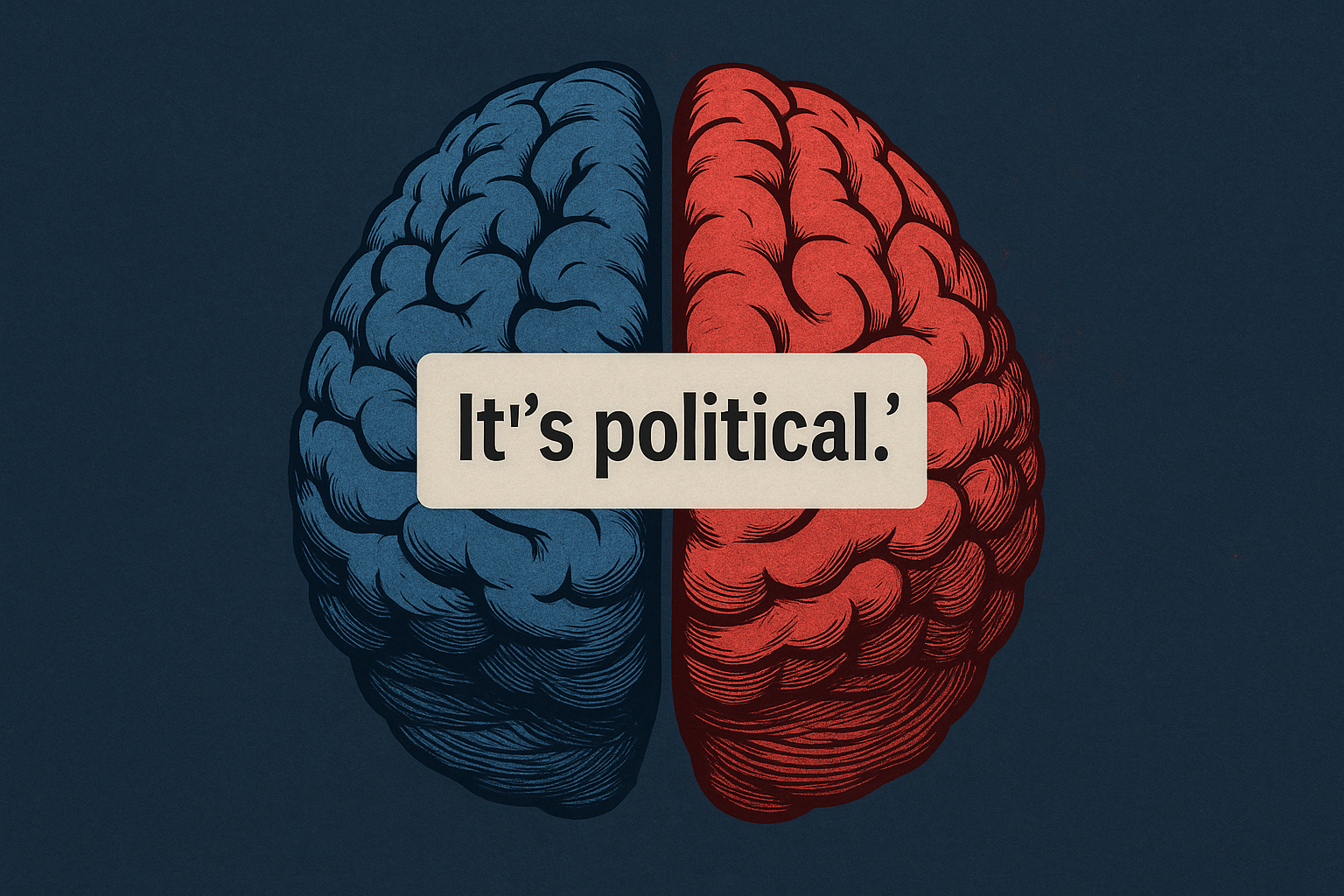Workday recently spent millions on a Superbowl Ad encouraging HR Leaders to stop calling each other “Rock Stars” on the job and in their job descriptions. Why is that an issue? Because there is no common understanding of what that means inside an office environment and using an unclear term actually makes it much more difficult to fill openings. But more importantly, it’s a problem because it’s implicitly biased.
Why Does Culture Add vs. Culture Fit Matter?
We’ve been looking at different aspects of implicit bias–areas where our unconscious bias begins to leak into our thoughts and actions. Implicit bias in hiring might look like preferring someone who is a culture fit vs a culture add. What’s wrong with wanting people who share the same values, work ethic and perspective, particularly if the current work culture appears to be successful? What’s wrong with a rock star?
Preferencing a culture fit is treading into an area fraught with implicit bias and overvaluing people who are “like me”. Over time, we start to look to find “matches” that deny incredibly qualified and skilled people an opportunity to add their brilliance to the environment. Instead, we want to consider the culture add, an employee who doesn’t merely fit in, but could improve the organization because of their different perspective. They could turn out to be the essential ingredient to your work culture recipe. Cultivating a healthy work environment is better thought of as an ever-evolving recipe that needs to expand the list of ingredients in order to nourish people over time.
Culture Add or Culture Fit – Real Life Examples
Take a look at these two descriptions that large, globally recognizable organizations have used to describe their ideal applicant: (Spoiler alert: we’ll let you know who they are at the end of the article)
[to] “succeed in an increasingly competitive world, we will need to be extremely hardcore. This will mean working long hours at high intensity. Only exceptional performance will constitute a passing grade.”
“We’re looking for talented and passionate team members to join us in creating unforgettable experiences by connecting people and igniting their passions in the world’s most engaging environment.”
Upon reading the descriptions, you may notice your own unconscious biases appear, with thoughts of “they are being clear”, “I want to know my work environment before I apply.” or “I already know whether I could work in that organization.” These responses show how ingrained the tendency towards assimilation is. At some level, we all want to feel like we fit in and belong.
Imagine who these descriptions are attracting and who they are dissuading from applying.
Limitations of Looking for a Culture Fit
The first description is much more narrow in their applicant pool. From what they write, it is clear that intra-organization competition is central. Employees will be graded and no one gets above a C. Anyone who is motivated by validation for hard work, or who has obligations beyond their workplace need not apply. This statement attracts a particular type of person to apply, and this organization is clearly looking for a culture fit.
Hiring for a culture fit leads to an organization that is prone to seeing a single perspective, and not being able to thrive when conditions change. The nuance here is that it may work really well when a company is in startup mode but the practice will need to change eventually. As the company expands and grows, this strategy inevitably becomes a liability. Research has shown that diverse teams perform better–they are smarter and make better decisions. And yet, because homogenous groups feel familiar and comfortable, we tend to default to hiring for a culture fit, whether we realize it or not.
The first organization’s description also implies a fast-paced work environment, which is the fast track to allowing unconscious biases to thrive. Mitigating bias requires reflection, it requires a pause to look at a decision, a policy or a job description to see what biases are showing up and to make changes.
Benefits of a Culture Add
The second description conveys more inclusive language that allows for a wider range of people to become interested. They are looking for engagement and passion (they mention it twice in one sentence!), although how the applicant uniquely expresses that passion is not delineated.
The second description makes room in its language for someone to be a culture add. It sets the tone for some of the core values of the company (connection, passion, engagement) without defining how these must be achieved. While we can’t speak to their entire hiring and on-boarding process, in this first step, a person who is a culture add would feel welcome to apply.
Another arena where we have seen the benefits of hiring for culture add is with the rise of remote work. In most cases, this arose from necessity during the pandemic rather than an intentional strategy; however, it brought to light a group of workers who are a culture add but could only work remotely, whether because of disability, geography, family circumstance or preference. As many organizations return to hybrid or in-person requirements, it would be wise to consider what it means to eliminate the culture add of people who work remotely and how implicit bias shows up in any policy or language about how or where people physically work.
Taking the Next Step – Key Questions For Hiring Managers
There are many places within the hiring process where implicit bias might be manifesting. Examining public-facing language is a good place to start. Here are some starter questions to consider:
- How committed is your organization to the idea of a culture add as you recruit, hire and retain staff?
- Is your language subtly or explicitly looking for a culture fit? (Assume it probably is.) How so?
- What needs to be changed to encourage a diversity of thought, experience and identity within the applicant pool and throughout the organization?
- What checks and balances can be put in place throughout the process to mitigate the unconscious bias of preferring a culture fit?
The seeds of bias are born in our brains. These unconscious biases happen whether we want them to or not – they are how our brains are built for our survival. When we take a pause to reflect, we can mitigate our unconscious biases from becoming thoughts or actions. Without this reflection time, these unconscious biases move beyond thoughts and actions to policies or procedures and become a part of our formal and informal work culture. The key to mitigating this is to move beyond our first thought. Beyond our first impression.
*If you were trying to guess the organization, the two organizations quoted were Twitter and the Golden State Warriors.

Percipio Company is led by Matthew Cahill. His deep expertise in cognitive, social, and workplace biases is rooted in the belief that if you have a brain, you have bias®. He works with executives to reduce mental mistakes, strengthen workplace relationships & disrupt existing bias within current HR processes, meeting protocols and corporate policies. Matthew has demonstrated success with large clients like LinkedIn, Salesforce and dozens of small to mid-size companies looking to create more inclusive workplaces, work smarter, generate more revenue and move from bias to belonging®.





